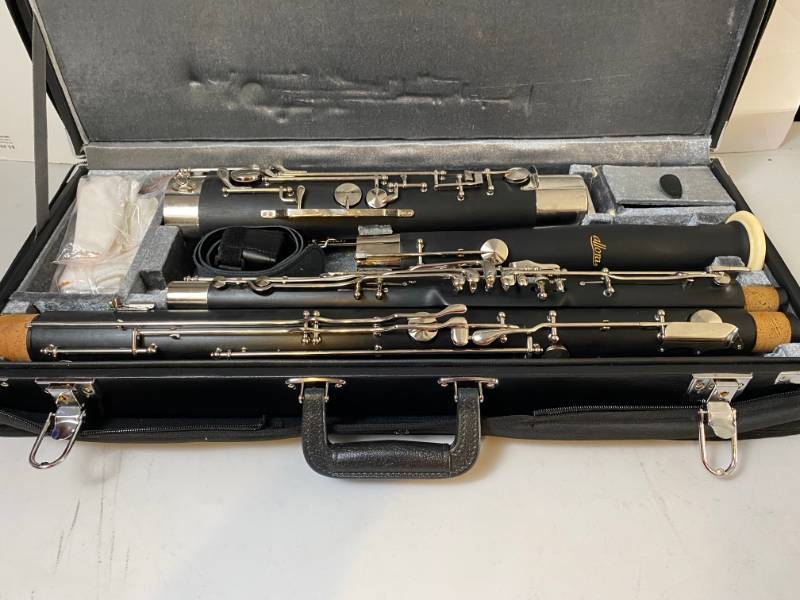

The finished, bound reed is inserted into the instrument and vibrates as air is forced between the two pieces (again, causing the air within the instrument to vibrate as well). This form of sound production has been estimated to have originated in the middle to late Neolithic period its discovery has been attributed to the observation of wind blowing through a split rush. ĭouble-reed instruments use two precisely cut, small pieces of cane bound together at the base. Single reed instruments include the clarinet, saxophone, and others such as the chalumeau. When air is forced between the reed and the mouthpiece, the reed causes the air column in the instrument to vibrate and produce its unique sound. Single-reed woodwinds produce sound by fixing a reed onto the opening of a mouthpiece (using a ligature). Similarly to flutes, reed pipes are also further divided into two types: single reed and double reed. Reed instruments produce sound by focusing air into a mouthpiece which then causes a reed, or reeds, to vibrate.

Examples of this type of flute include the recorder, ocarina, and organ pipes. As with the open flutes, the air is then split this causes the column of air within the closed flute to vibrate and produce sound.

This duct acts as a channel bringing the air to a sharp edge. To produce a sound with a closed flute, the player is required to blow air into a duct. Modern concert flutes are usually made of high-grade metal alloys, usually containing nickel, silver, copper, or gold. Later, flutes were made of metals such as tin, copper, or bronze. Ancient flutes of this variety, including bamboo flutes, were often made from tubular sections of plants such as grasses, reeds, bamboo and hollowed-out tree branches. Examples of open flutes are the transverse flute, panpipes and shakuhachi. This split air stream then acts upon the air column contained within the flute's hollow causing it to vibrate and produce sound. To produce a sound with an open flute, the player is required to blow a stream of air across a sharp edge that then splits the airstream.

The flute family can be divided into two sub-families: open flutes and closed flutes. Because it is entirely certain that in this quintet which holds the deepest gravity, the most elegant of dialogues and thematic playfulness, it is Beethoven’s voice we hear.Flutes produce sound by directing a focused stream of air below the edge of a hole in a cylindrical tube. But the two pieces also have many dissimilarities. It is written in the same key and has the same instrumentation. 452), which was composed ten years earlier. It is often said that Beethoven’s quintet for oboe, clarinet, bassoon, horn and piano was inspired by one of Mozart’s quintets (K. The tears people cry, as well as the damage of tearing, are both encompassed by the word’s use in the title. Of Lament and Tear, she says that between the rhythmically vivacious sections, a melancholy lament emerges. Maria Lithell Flyg’s music is emotional and expressive, with a streak of sadness mixed in with absurdist humour. And they will be presenting something incredibly special: the world premiere of Maria Lithell Flyg’s Lament and Tear. The Royal Stockholm Philharmonic Orchestra section leaders have joined forces to create a wind quintet.


 0 kommentar(er)
0 kommentar(er)
